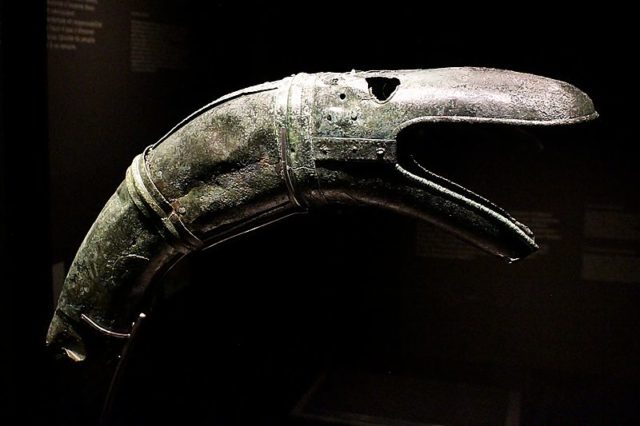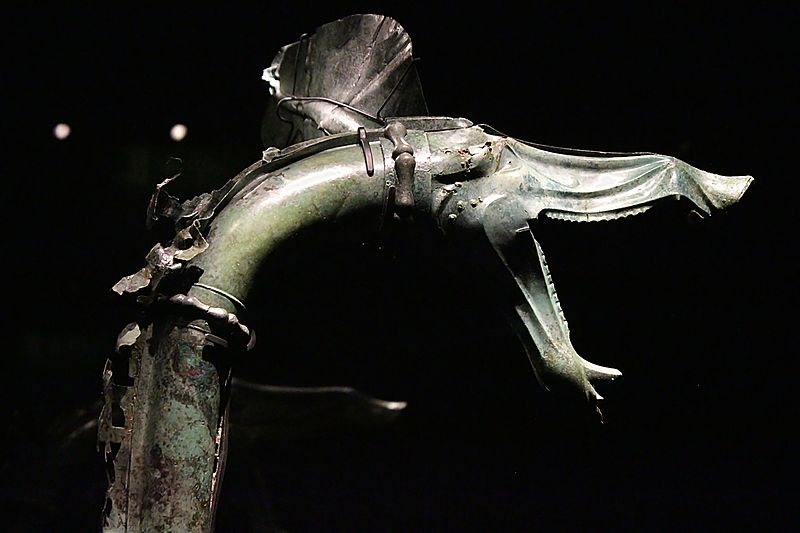It is truly a wonder to experts, historians, and archaeologists just how ancient people managed to trade with each other, despite the vast distances separating them. However, experts who study trading and different cultural interactions will truly be in awe when they hear this particular trade.
These two countries happen to be separated by nearly 5,000 miles and have polar opposite cultures. Archaeologists believe that the people and musicians from ancient Ireland and southern India may have traded often. One of the most interesting trading items were several instruments and the skills that go toward making them. These skills and instruments were traded and shared about 2,000 years ago.
Experts have gone so far as to claim that many of the horns that are still being used in traditional Indian music are nearly the exact sound made from the same materials as the ones used in Bronze Age and Iron Age Europe.
One of the instruments, for example, is a big C-shaped bronze horn that is called a kompu. It is used in Kerala in southern India and is built similarly to those horns that were made in the late Bronze Age in Scandinavia. Scandinavians called them lurs.
Some of the other instruments that look familiar to the horns are known as carnyx. These particular horns were used by the Celts in Ireland, Britain, and France. These new findings suggest that there was constant, lively trade that went on between Europe and India more than 2,000 years ago.
The leader of the study, Mr. O’ Foghlu from the Australian National University’s College of Asia-Pacific, said that the horns appear to look like they may have some religious significance. He added that he had found a rather interesting and surprising link between ancient Europe and southern India.
Today in southern India, there are certain musical traditions, systems, and instruments that are quite similar to those instruments that were played almost 2,000 years ago in several different areas of Europe. O’ Foghlu added that there are many different traditions in public which are actually more than centuries old. He excitedly compared it to this being the closest to time travel anyone will ever get.

O’ Foghlu began this study after he found similarities between the ancient European horns and the ones in India; he had seen a carving of them in Sanchi, India.
The carving was on the outside of the Great Stupa Buddhist monument which was built in 300 BC. It depicts two musicians playing carnyxes that feature an animal’s head.
O’ Foghlu said that many people believed that the carnyxes depicted on Roman coins were too small to be accurate, which is understandable. He added that this was more likely that the instruments were curved at the mouthpiece to play easier, otherwise the player would have had to crane his or her neck to get music out of the instrument.
Other depictions found, one in France, shows that many people actually did play this instrument while craning their necks in impossible positions. O’ Foghlu had said that he was able to look at these different depictions and show the artists at Sanchi how he replicated the horn and showed how it used to be played, unlike how it is played now.
He added that the similarities between the two horns are sound from a metallurgical and structural point of view. The kompu horns that are made today are in the same way as 2,000 years ago. They interlock the bronze segments instead of metal-turning like modern brass instruments are made.
He explained that from the musical standpoint, the kompu is used in Kerala Temple Music and is considered to be a musical instrument that doesn’t fit in the same category as Western brass instruments like the tuba and trumpet.
After doing further research, he had come to the conclusion that the use of those instruments had a very different soundscape than the ones we have today.
Identical instruments have been unearthed throughout the years. They sound somewhat out of tune, especially to westerners’ ears. The horns played in India are more of a percussion instrument. The kompu is actually played as more of a drum because of its function. Many instruments are either reusable in India or are passed down. There are never any that go to waste.
